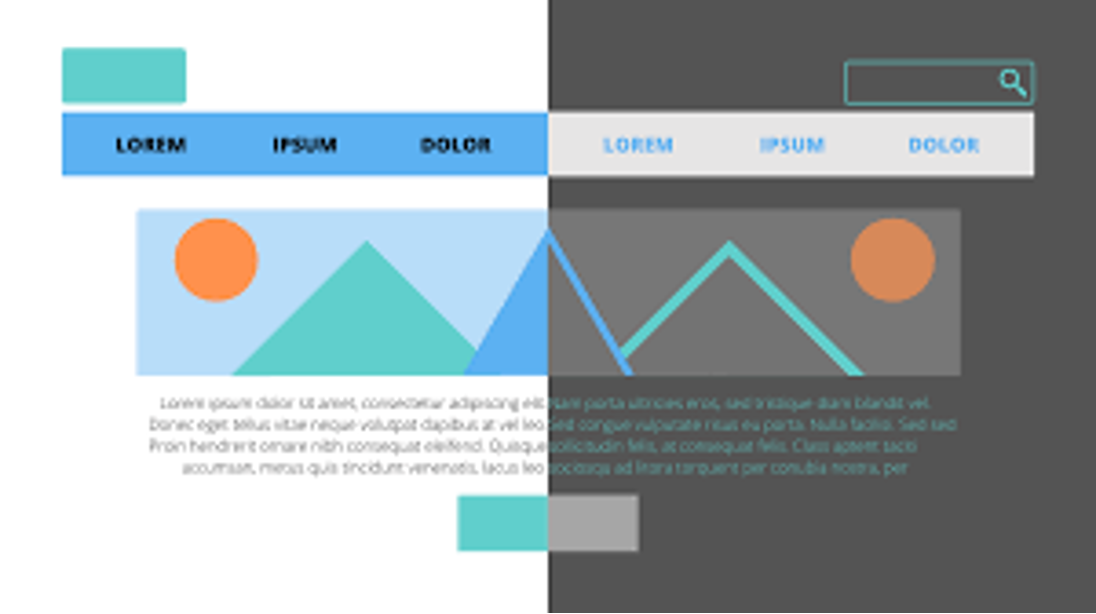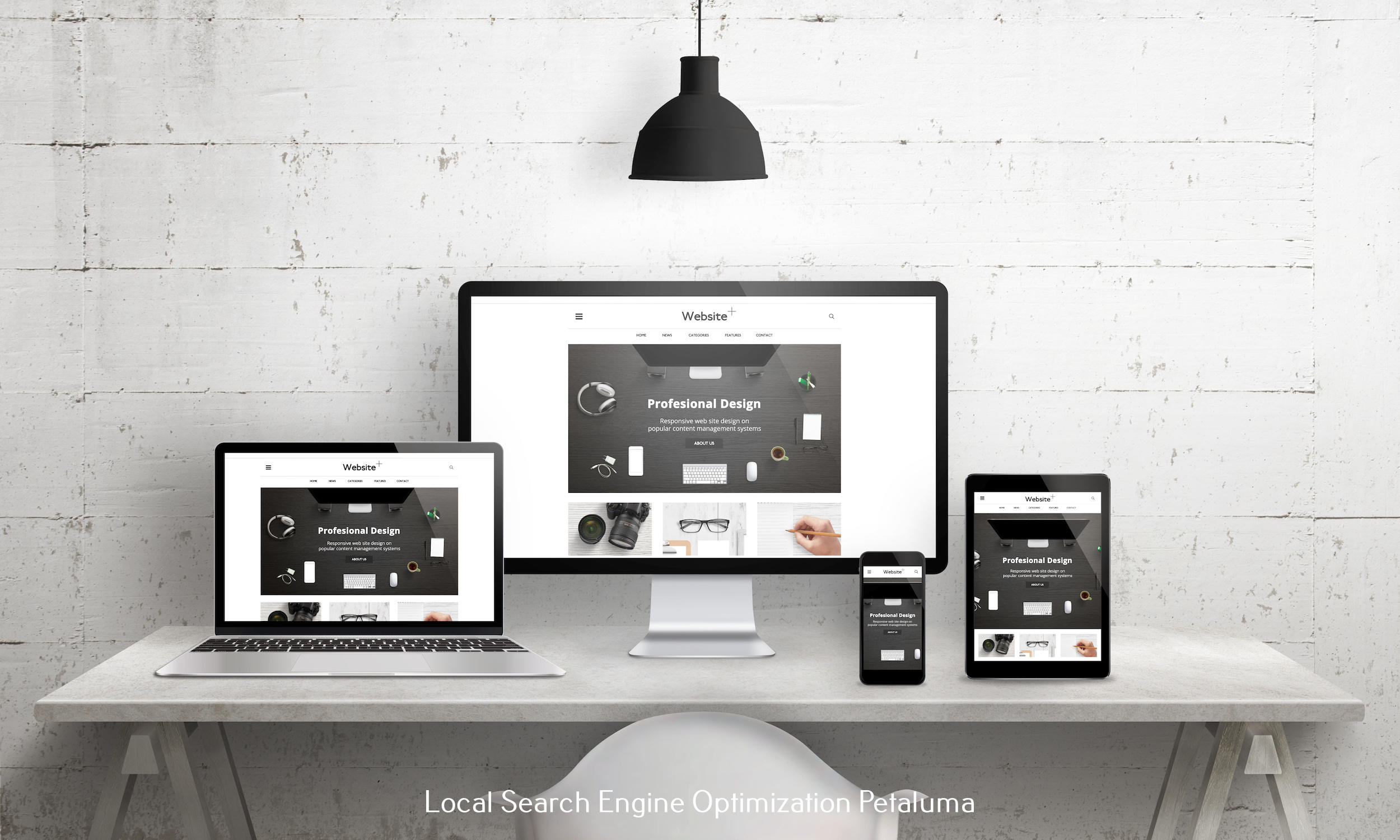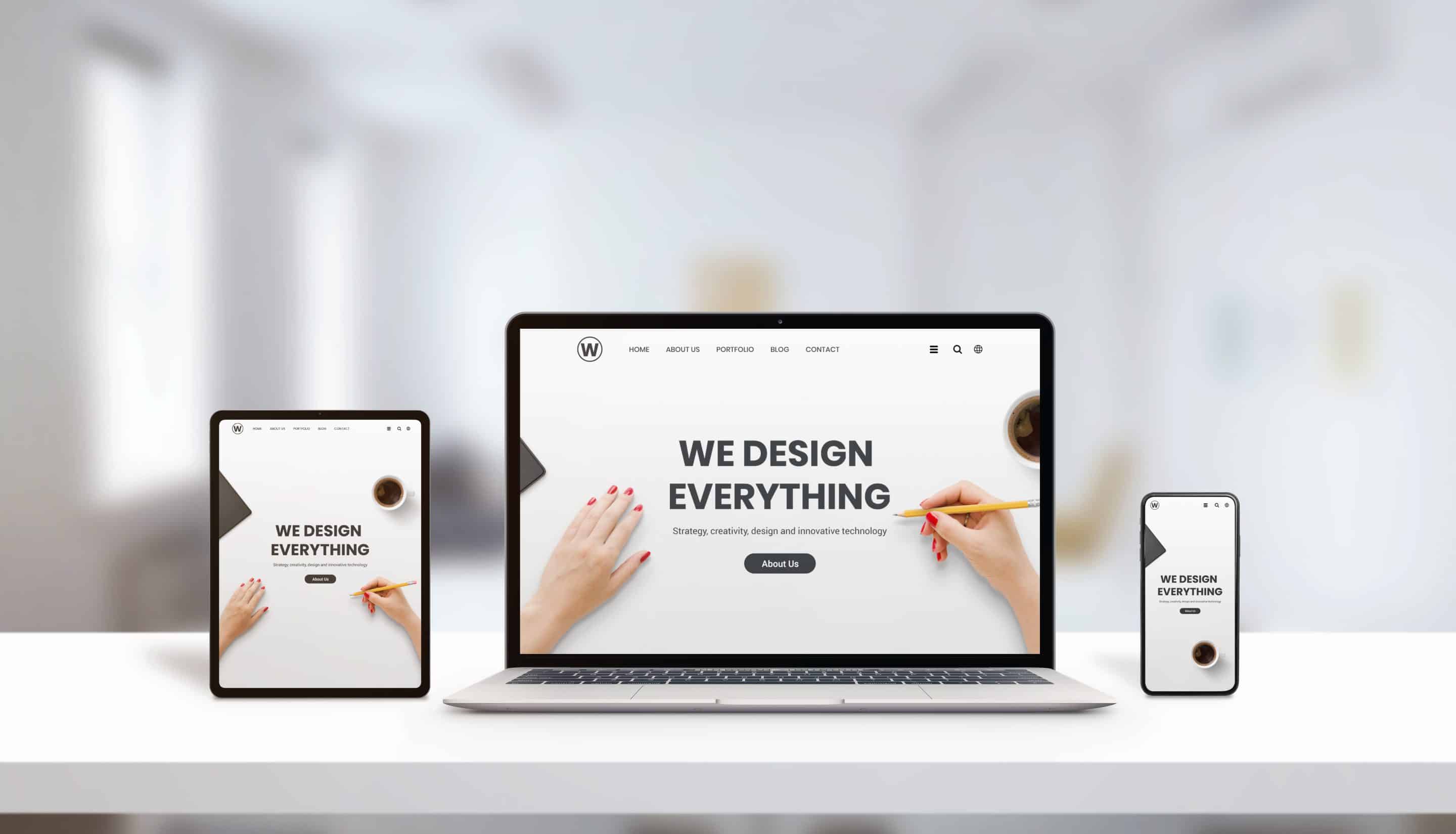User experience (UX) design is an essential aspect of creating effective and successful digital interfaces. It focuses on designing interfaces that are user-centered, intuitive, and easy to use. In today's fast-paced world where users have countless options at their fingertips, having a well-designed UX can be the key differentiator in attracting and retaining customers. At RAD Web Marketing, we understand the importance of UX design and offer our services to help businesses in North Bay, CA and Sonoma County create user-centered interfaces that drive results.
In this article, we will explore the key principles of UX design that are crucial for creating user-centered interfaces.
1. Research and Understanding User Needs
The first step in creating a user-centered interface is understanding the target audience's needs and preferences. This involves conducting thorough research to gain insights into their behaviors, motivations, pain points, and goals. By understanding what users want from an interface, designers can create an experience that meets their needs and addresses their pain points.
One way to gain insights into user needs is by conducting usability testing. This involves observing how users interact with a prototype or existing interface to identify any pain points or areas for improvement. Usability testing can provide valuable insights into how users navigate through an interface and what features or elements they find confusing or difficult to use.
For example, when designing the website for a local restaurant in North Bay, our team at RAD Web Marketing conducted usability testing with potential customers to understand their preferences for browsing menus, making reservations, and finding location information. This helped us identify areas where the website needed improvement to better meet user needs.
2. Clear Information Architecture
Information architecture refers to how information is organized within an interface. A well-structured information architecture makes it easier for users to navigate through an interface without feeling overwhelmed or lost.
To create a clear information architecture, designers need to consider the hierarchy of content on each page of the interface. This involves organizing information in a logical and intuitive manner, with the most important and relevant content at the top. Additionally, designers should use consistent navigation patterns and labels to help users understand where they are within the interface and how to move between different sections.
For example, when designing an e-commerce website for a local retailer in Sonoma County, our team at RAD Web Marketing ensured that the product categories were clearly labeled and organized in a logical hierarchy. This made it easier for users to find what they were looking for without feeling overwhelmed or confused.
3. Consistency in Design
Consistency is key when it comes to creating a user-centered interface. Users should have a consistent experience throughout the entire interface, from page layouts to visual elements such as colors, fonts, and buttons.
Consistency not only makes an interface more visually appealing but also helps users navigate through it more easily. When elements are consistent, users can quickly learn how to interact with them without having to think too much about it.
At RAD Web Marketing, we follow a style guide when designing interfaces for our clients in North Bay and Sonoma County. This ensures that all design elements are consistent throughout the interface and across different platforms.
4. Use of Visual Hierarchy
Visual hierarchy refers to the arrangement of elements on a page based on their importance. A well-designed visual hierarchy guides users through an interface by showing them what is most important first.
Designers can use various techniques such as size, color, contrast, and spacing to create visual hierarchy within an interface. For example, larger headings or buttons can indicate more important information or actions than smaller ones.
When designing an app for a local business in North Bay that offers delivery services, our team at RAD Web Marketing used visual hierarchy to highlight the call-to-action button for placing orders on each page of the app. This made it easier for users to quickly find this important feature without having to search through multiple screens.
5. Simplicity in Design
In today's digital landscape, users have a shorter attention span and are easily overwhelmed by complex interfaces. Therefore, simplicity is crucial when it comes to designing user-centered interfaces. A cluttered interface can be confusing and frustrating for users, leading to a negative experience.
Designers should aim for simplicity in both visual design and functionality. This means using minimalistic design elements, decluttering unnecessary elements, and making interactions straightforward and intuitive.
For example, when designing a website for a local fitness studio in Sonoma County, our team at RAD Web Marketing kept the design clean and minimalistic with only essential information and easy-to-use navigation. This made it easier for users to focus on the key information they needed without being distracted by unnecessary elements.
In conclusion, creating user-centered interfaces requires thorough research, clear information architecture, consistency in design, use of visual hierarchy, and simplicity. By following these key principles of UX design, businesses can create interfaces that not only meet user needs but also drive results. At RAD Web Marketing, we are dedicated to helping businesses in North Bay and Sonoma County create user-centered interfaces that deliver an exceptional user experience. Contact us today to learn more about our digital marketing services!






































0 Comments